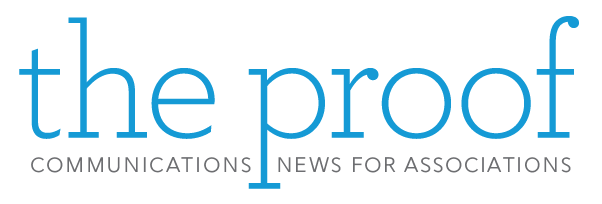
One of the surprising “benefits” of the COVID-19 pandemic was the adoption of technology for virtual meetings, educational seminars and conferences. Although the move to online and virtual interactions had steadily been increasing prior to 2020, adoption of the technology was greatly accelerated due to necessity.
Members benefitted from the removal of the financial, time and logistical barriers of traditional, in-person events, which made it easier to reach a national or international audience. It also increased the need to help all speakers and program coordinators develop a new set of skills to address the international and multi-cultural nature of today’s audiences.
The author of “How to Speak to a Multicultural Audience” offers 20 tips to ensure a successful presentation with an international audience, including:
- Avoid geographic-centricity. There are 24 different time zones in the world, so it is likely that it’s a different time of day or night where your audience members are located. Use “hello, greetings or welcome” instead of “good morning or good afternoon.” Use Q2 or Q3 instead of spring or summer or specify the month.
- Slow down. Speaking slower than when speaking with a native, or local, audience and pausing here and there will help international participants who are non-native speakers. A slower pace of speech also alleviates issues with heavy accents, improves pronunciation and increases the accuracy of closed-captioning.
- Use simple language. Opt for “person” rather than “protagonist” or “spread” versus “promulgate.” Also remember that some words have different meanings in different countries, such as engagement – agreement to get married or a job assignment.
- Beware of humor. Because humor is rooted in cultural norms, jokes may not reflect universal values and might elude or even offend a percentage of the audience. If a speaker uses humor, ensure ahead of time that it is culturally appropriate and inclusive of all audience members.
- Avoid being locally-constrictive. Do not assume that people in other countries know anything about the speaker’s local/national news, events, personalities and trends. If it’s important to include references to anything local in the presentation, make sure to provide context and an explanation so a multinational audience will be able to follow.
- Beware of gestures. Did you know that the American OK hand-sign has a totally different (and rude meaning) in some countries? Before you flash hand-gestures on screen, make sure they are universal and non-offensive.
- Don’t use sports metaphors. Chances are when sports analogies are used in presentations, they are either misinterpreted or not understood and when used repeatedly, sports analogies can make those who don’t know or understand the sport feel out of place and left out of the conversation.
Another recommendation for speakers also applies to promotion of events that have a potential international audience:
- Avoid non-universal terminology. Don’t ask your audience to convert dates, times or measurements. Instead of writing 3 p.m., say or write 3:00 p.m./15.00 hours. Instead of writing “11/04/23,” which can be November 3 or April 11 depending on the country, spell out November.
For more tips, go to “How to Speak to a Multicultural Audience.”






